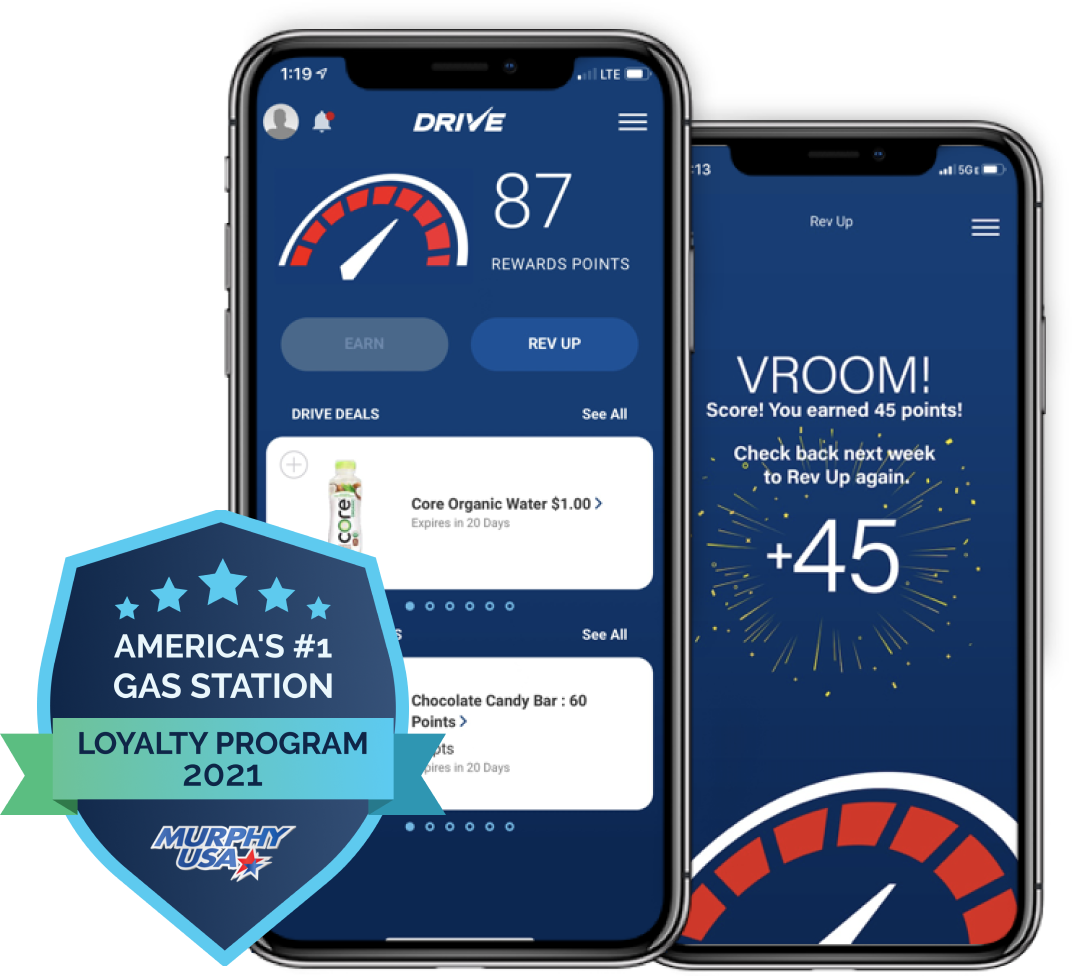 In recent months Facebook has focused the conversation between developers, brand marketers and agencies around Social Design. As Facebook puts it, “Social Design is a way of thinking about product design that puts social experiences at the core.” This blog post will focus around my interpretation and extension of this concept to the conception and design of brand marketing programs in general.
In recent months Facebook has focused the conversation between developers, brand marketers and agencies around Social Design. As Facebook puts it, “Social Design is a way of thinking about product design that puts social experiences at the core.” This blog post will focus around my interpretation and extension of this concept to the conception and design of brand marketing programs in general.
As background, it’s noteworthy to say that Dachis Group has since 2008 viewed the world through its framework of Social Business Design, which is the intentional creation of dynamic and socially calibrated systems, process, and culture. The goal: improving value exchange among constituents. In other words, we reengineer the inner-workings and outward-reaching facets of organizations to transform said organizations into effectively and efficiently functioning social businesses that deliver better business results.
Now back to Social Design, which I’ll reinterpret and extend under the framework of Social Business Design to the intentional creation of brand marketing programs rooted in social. Why am I doing this? Because social needs to be Incorporated into the foundation of brand marketing programs. This is easy for me to say as I’ve built a business that is social from the ground up that has been focusing specifically on the design of social experiences. However, it’s not so easy for brand marketers and their agencies. We’ve worked with countless amazing brands and agencies that have great intentions and creative concepts, but don’t quite hit the spot when it comes to the creation of brand marketing programs that are social at the core. Provided below is a three-pronged framework for the development of brand marketing programs that are social by design:
1) Define the Business Requirements
- Business Objective
- Business Metrics
- Social Metrics
It all starts with a business objective that leads to the development of specific business metrics and social metrics/KPIs to frame the development of a concept and measure the success of the program. No program concept, digital or otherwise, should ever see the light of day without this step being completed first.
2) Incorporate Interaction Drivers
- Emotion
- Fame & Fortune
- Fun & Entertainment
- Utility
Through the development of literally hundreds of program concepts we’ve come to realize that all successful social programs share some common threads–from creating a strong emotional connection, to providing the consumer with a once in a lifetime opportunity at fame and fortune, to providing unmatched utility. Whether one likes it or not, these are the drivers that get consumers to take action and engage. And I can’t stress the importance of ensuring that programs are framed through this lens enough. We’ve seen countless fully fleshed out brand-centric programs come through our doors that look polished at first glance, but don’t really take into account the real wants and needs of the consumer.
3) Focus on the Building Blocks
- Identity
- Conversation
- Community
Once the business objectives and program frames have been set, then one can move onto focusing on the building blocks of the program. These are the core elements of Social Design according to Facebook and they play a key role in the development of brand marketing programs that are social at the core. As Facebook puts it: Community refers to the people we know and trust and who help us make decisions; Conversation refers to the various interactions we have with our communities, and Identity refers to our own sense of self and how we are seen by our communities. Facebook is viewing these central elements through a product development lens, but they can and should be applied in the development of every brand marketing program.
Developing a successful brand marketing program is really as easy as 1, 2, 3 if you take the time to focus on systematizing the process and applying the necessary amount of rigor to getting them right. In addition to the foundational points outlined above, a couple of other items that are worth mentioning are game mechanics and the development of a systemic learning process that fosters continuous improvement in results.
Let the Game Mechanics Flow
With the proliferation of digital experience gamification, one would think that game mechanics can only be applied to digital programs; this is a misconception. Game mechanics can, and should, be incorporated into most types of large-scale brand marketing programs. It is not always going to be the standard levels, points, challenges, and badges that make sense. It is the point of deliberately taking into account how game mechanics effect user psychology and behavior and incorporating the appropriate game mechanics to drive the behavior deemed valuable by the brand that delivers the business and social metrics outlined in the initial step.
Learn and Systematize Continuous Improvement
Learning from experience is something that sounds so basic and simple, but when it comes to the development of brand marketing programs, it is something that is overlooked the majority of the time. As organizations deploy more resources towards social business efforts and social technologies harden, it is going to get easier to develop and tap into closed-loop learning systems that deliver actionable insights to enable continuous learning and improvement. Consider being able to leverage a big data analytics platform that has hundreds of measures and metrics built in to correlate the effectiveness of your brand marketing efforts. This is the future that we’re heading towards and the future will be here very soon.
To sum up, I’d like to encourage everyone that is involved in any facet of the creation, design, development, management, or measurement of brand marketing programs to follow and use the above steps as checks against their day-to-day work activities. Whether you’re a planner, a creative director, a brand manager, a social media director, an art director, a TV commercial producer, UX engineer, etc., executing within the above framework will make you more effective. It will enable you to deliver brand marketing programs that are created to be social by design, and in the end deliver better results.
This post originally appears on the Dachis Group Collaboratory.





